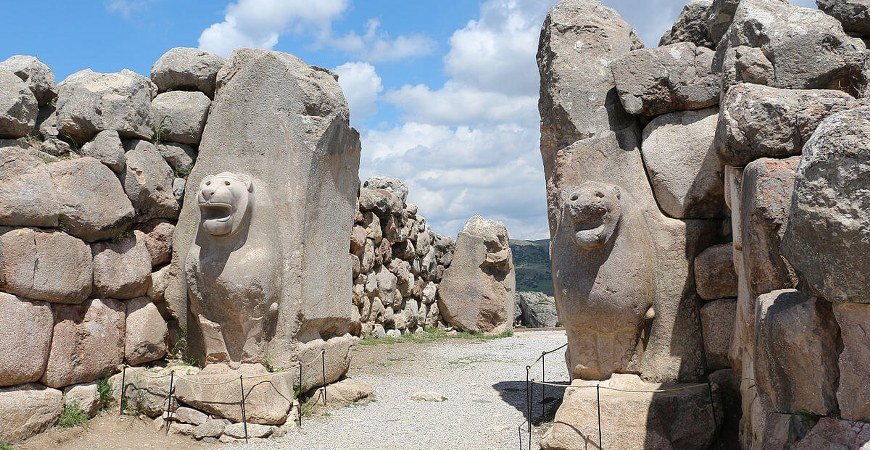
Old Hattusa Catalhoyuk Civilization – Chapter 1
Old Hattusa Catalhoyuk Civilization – Chapter 1,
Everything began before 1960. Villagers began to remove clay figurines and pottery with black and brown lines on a red or buff-colored background from the mound near the village of Hacilar in Burdur. When these got into the hands of antique collectors interest was aroused and it was discovered that this was the site of a previously undiscovered Anatolian civilization. As a result, official excavations began in 1958 and the findings proved to be astounding. A remarkable Polished Stone Civilisation had lived in this region of Anatolia during the Neolithic Age five to six thousand years before Christ. It had not been previously realized that the Anatolian Neolithic Age had extended so far back into the past. A few years later a new mound was discovered in Central Anatolia and excavations began. This was Catalhoyuk. Catalhoyuk was a broad mound 42 km. southeast of ‘Konya between the towns of Kucukkoy and Karkin. The pieces of pottery found at the top of the mound drew the attention of archaeologists and the first stage of excavations produced extraordinary results. Here were the remains of a Neolithic settlement of a completely unknown civilization yet older than that at Hacilar. This civilization had not yet discovered writing and it was impossible to identify its people. However, they were not only the most advanced civilization of those times in Anatolia but of the whole world. They were the harbingers of civilization. The findings from Catalhoyuk dated back to seven and eight thousand years before Christ, and this ten-thousand-year-old civilization had left houses, temples, palaces, food, a status which they had worshiped, ornaments, bowls, and weapons. Their society was undeniably civilized. The white plastered walls made of sun-dried bricks were decorated with frescoes depicting people and animals.
Please continue to find more details about Old Hattusa Catalhoyuk Civilisation in Chapter 2.